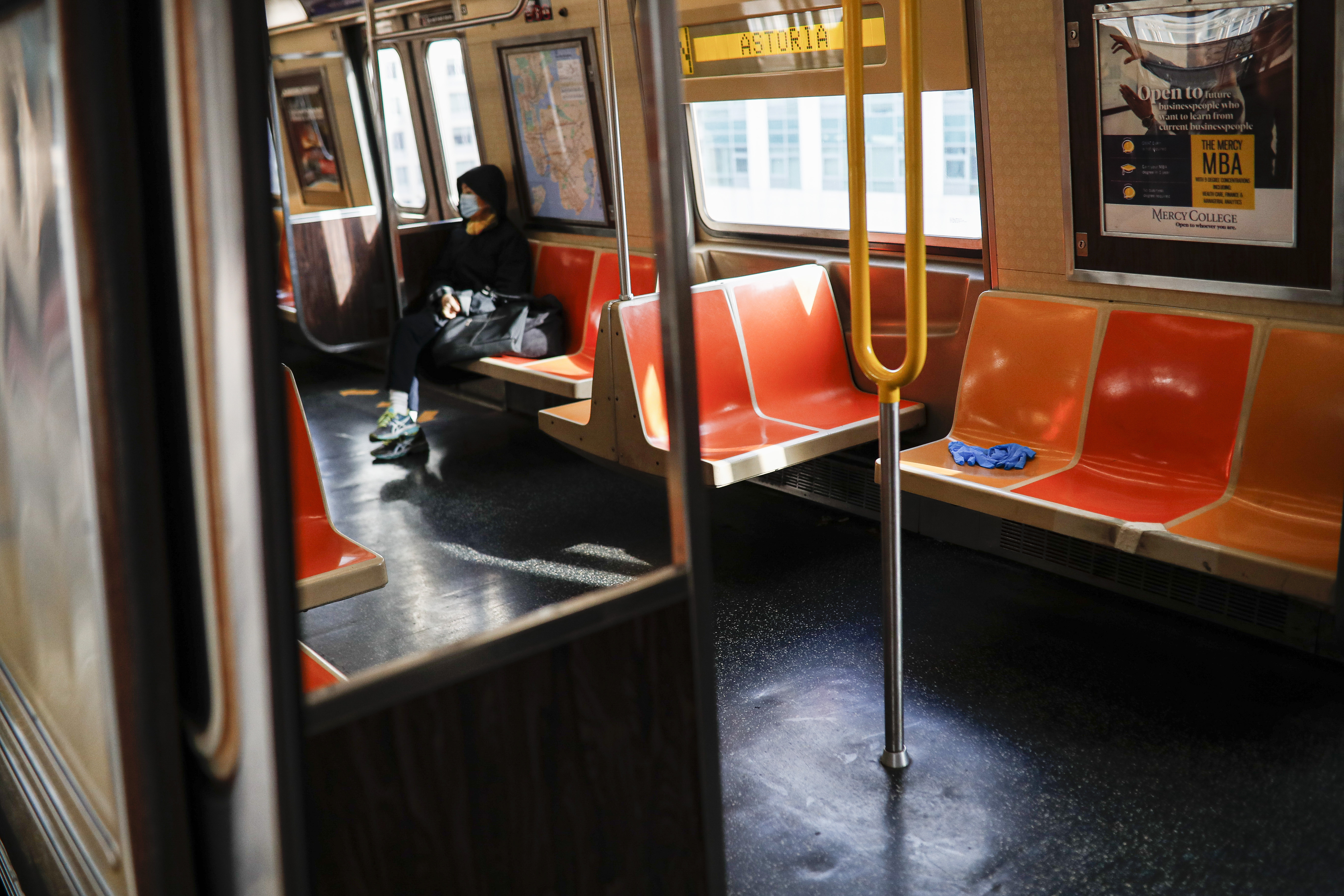At least 41 transit workers have died, and more than 6,000 more have fallen sick or self-quarantined. Crew shortages have caused over 800 subway delays and forced 40 percent of train trips to be canceled in a single day. The average wait for some trains, usually four minutes, has ballooned to 40 minutes.
Since the coronavirus pandemic engulfed New York City, it has taken a staggering toll on the Metropolitan Transportation Authority, the agency that runs the subway, buses and commuter rails and is charged with shuttling workers — like doctors, nurses and emergency responders — who are essential to keeping the city functioning.
But the transit agency may have deepened its work force crisis by not doing more during the early stages of the outbreak to protect its employees and delaying some steps laid out in a plan the MTA had developed for dealing with a pandemic.
The transit agency was late to distribute disinfectant to clean shared work spaces, struggled to keep track of sick workers and failed to inform their colleagues about possible exposure to the virus, according to interviews with two dozen transit workers.
As the virus spread, many workers became so concerned that they took measures into their own hands: They cordoned off seats with duct tape to distance drivers from riders and used their own masks and homemade disinfectant at work, only to be reprimanded by supervisors.
Across the country, the speed and intensity of the outbreak has overwhelmed many public transit agencies, leaving them with a depleted work force and the responsibility of preventing the spread of infection. In New York, MTA officials say they responded to workers’ concerns as soon as they could, scrubbing down equipment and distributing other disinfectants as they have become available.
Still, around 1,500 transit workers have tested positive for the coronavirus, and 5,604 others have self-quarantined because they are showing symptoms of the infection. Absenteeism is up fourfold since the pandemic began, officials say.
Transit officials have repeatedly pledged to keep the system running as smoothly as possible to ferry people who continue to rely on public transit.
But already, the absences have crippled the agency’s ability to operate its sprawling public transit network, the largest in North America. It has been forced to slash service beyond what was laid out in its initial emergency plan, which reduced service by 25 percent at the end of March.
That plan also cut in half the number of workers needed each day, in an effort to help to promote social distancing in shared work spaces, officials say.
Now transit workers warn that the worsening staffing shortage will make it increasingly difficult to keep even a diminished system running.
“Daily service can barely be maintained right now, and soon they’re not going to have the manpower to run these trains at all,” said Canella Gomez, a train operator who has worked for the agency for eight years. “The MTA dropped the ball with this. They let us get sick on the job. Now it’s too late.”
Transit officials say they acted as quickly as possible to protect workers and riders in the face of the worst public health crisis in decades.











